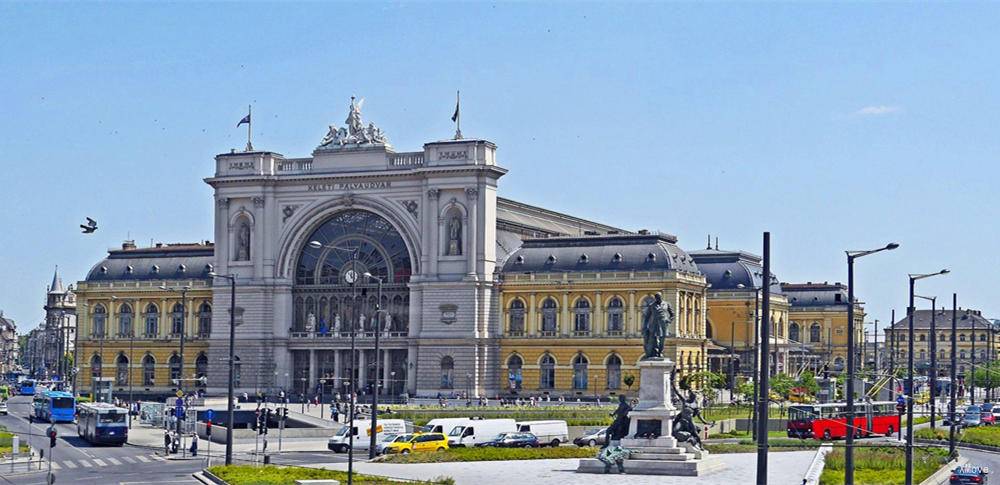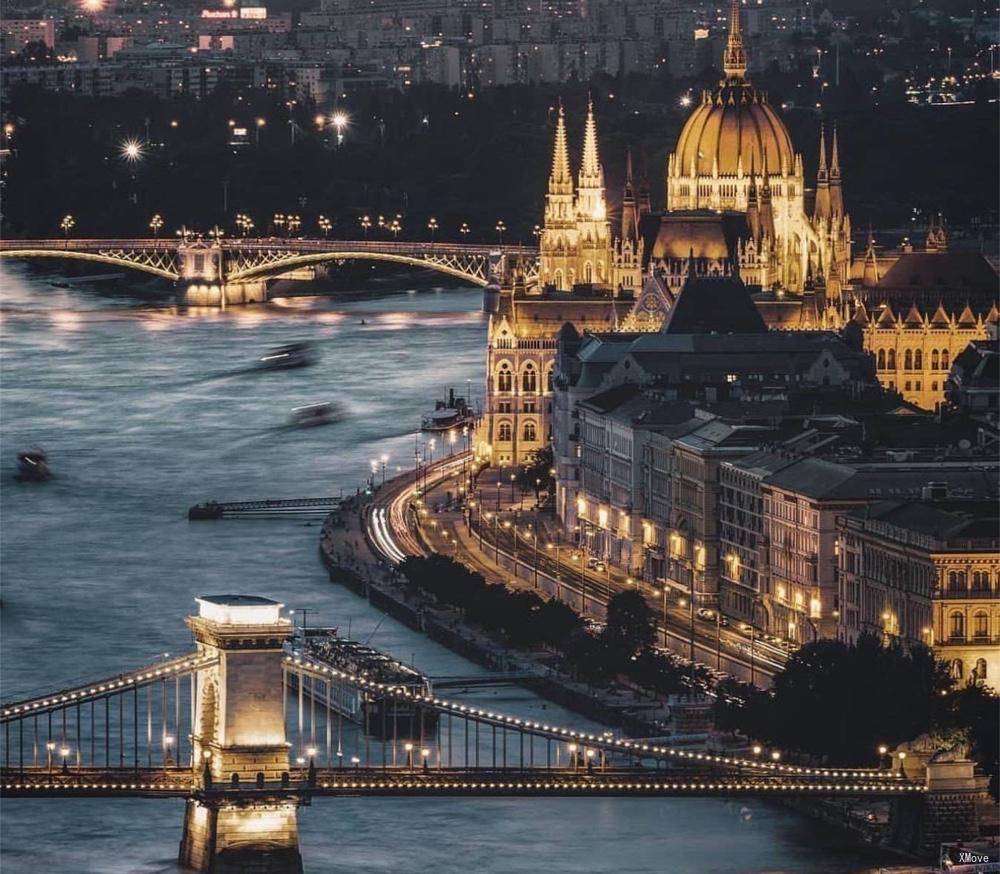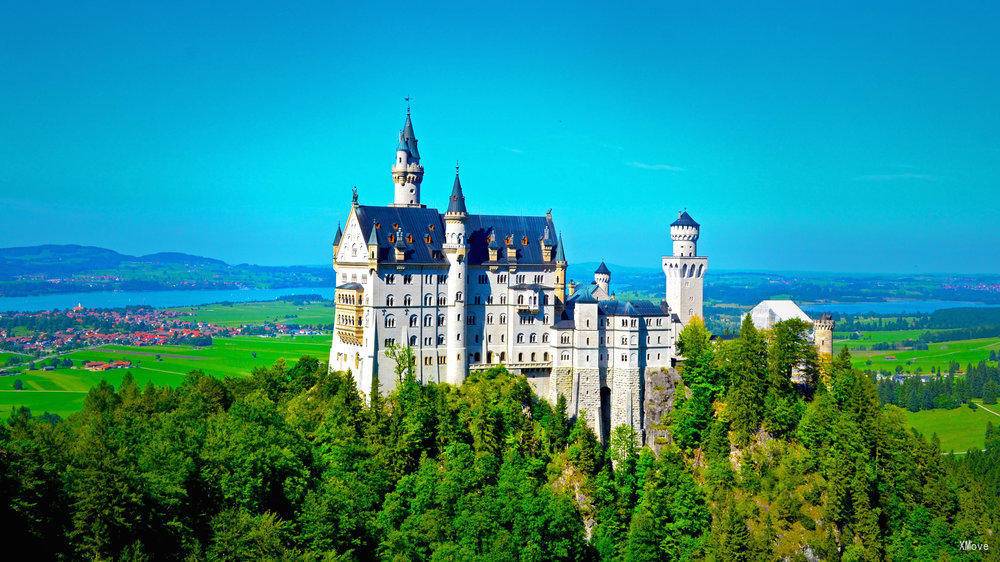Budapest Central to Fuessen: Trains, Buses, Fares, Today's Connections, Routes, Duration, Types of Trains, Station Guides, Tips, Journey
Hungary Train Tickets
Scan QR code, download G2Rail App to see Budapest Central's more live update, station guide, plan and photos



Train schedule Budapest Central(Budapest Keleti Pályaudva) to Fuessen(Füssen)
Popular train routes departing from Budapest Central(Budapest Keleti Pályaudva)
* Sofia
* Prague Central(Praha Hlavní Nádraží (Prag Hl. N.))
* Hildesheim Central(Hildesheim Hbf)
* Warszawa Central Station(Warszawa Centralna)
* Innsbruck Central(Innsbruck Hbf)
* Prague Central(Praha Hlavní Nádraží (Prag Hl. N.))
* Vienna Erdberg (U3)(Wien Erdberg (U3))
Popular train routes arriving in Budapest Central(Budapest Keleti Pályaudva)
* 格平根(Göppingen)
* 布加勒斯特北站中央火車站(Bucuresti Nord Gara B (Basarab,Bucharest))
* 羅森海姆(Rosenheim)
* 林茲中央火車站(Linz Hbf)
* 薩格勒布(Zagreb)
* 布拉格中央車站中央火車站(Praha Hlavní Nádraží (Prag Hl. N.))
* 布熱茨拉夫(Břeclav)
Popular train routes departing from Fuessen(Füssen)
* Brussels Midi/Zuid(Bruxelles Midi/Zuid)
* Bacharach
* Gengenbach
* Jenbach
* Mayrhofen Im Zillertal
* Warszawa Central Station(Warszawa Centralna)
* Luxembourg
Popular train routes arriving in Fuessen(Füssen)
* вайльхайм ин обербайерн(Weilheim(Oberbay))
* Холл в Тироле(Hall In Tirol)
* Ульм(Ulm Hbf)
* Фридберг(Friedberg(Hess))
* Берлин(Berlin Hbf)
* бад мергентхайм(Bad Mergentheim)
* Мюнхен Мариенплац(München Marienplatz)

Budapest Central
The train connects Budapest with all the central and eastern countries of Europe. Unless otherwise indicated, all trains will arrive at Budapest Keleti pályaudva, so if you arrive in Budapest by train, you should get off at East Railway Station. All international trains depart from the Keleti station, and domestic trains to Miskolc, Eger, Győr and Szombathely also depart from here.
You can choose to take the M2 line and get off at the Keleti pályaudvar stop. The starting point of Metro Line 4, the subway M2 and M4 meet here.
Budapest Central - Station Guide | Departures and Arrivals | Popular RoutesFuessen
Luggage Deposit
You can deposit your luggage at Fussen Railway Station, about 3 Euros, which is cheaper than Munich Station, and then you can take the bus to Neuschwanstein.
Bus to the Neuschwanstein
bus stop right next to the train station. The bus connection to Neuschwanstein Castle in Hohenschwangau is just 4 km away. Take bus 73 (direction Steingaden / Garmisch-Partenkirchen) or bus 78 (direction Schwangau). Exit at Hohenschwangau in Schwangau (Schlösser): It's easy because everyone leaves the bus there. The bus runs every 30 minutes. The travel time is 10 minutes. The one-way bus is 2,10 euros - take the bus to the driver.
Arriving at Neuschwanstein
You can walk to the ticketing point in Swan Castle for about 400 meters, you can buy two kinds of tickets: Royal ticket (you can see the new Old Swan Castle - not recommended, Hohenschwangau is not fun), and ordinary tickets ( Can only see Neuschwanstein). Then you will be printed with your visit batch and admission time. Don't miss it, miss it. From the ticket office to Swan Castle, you can take bus, carriage or walk, because this road has a good view, it is recommended to be young. People walk, about 20 minutes. (However, the carriage is very fun, honeymoon students can experience)
Fuessen - Station Guide | Departures and Arrivals | Popular Routes

Budapest (, Hungarian pronunciation: [ˈbudɒpɛʃt]) is the capital and the most populous city of Hungary, and the tenth-largest city in the European Union by population within city limits. The city has an estimated population of 1,752,286 over a land area of about 525 square kilometres (203 square miles). Budapest is both a city and county, and forms the centre of the Budapest metropolitan area, which has an area of 7,626 square kilometres (2,944 square miles) and a population of 3,303,786, comprising 33% of the population of Hungary.The history of Budapest began when an early Celtic settlement transformed into the Roman town of Aquincum, the capital of Lower Pannonia. The Hungarians arrived in the territory in the late 9th century. The area was pillaged by the Mongols in 1241. Buda, the settlements on the west bank of the river, became one of the centres of Renaissance humanist culture by the 15th century. The Battle of Mohács, in 1526, was followed by nearly 150 years of Ottoman rule. After the reconquest of Buda in 1686, the region entered a new age of prosperity. Pest-Buda became a global city with the unification of Buda, Óbuda, and Pest on 17 November 1873, with the name 'Budapest' given to the new capital. Budapest also became the co-capital of the Austro-Hungarian Empire, a great power that dissolved in 1918, following World War I. The city was the focal point of the Hungarian Revolution of 1848, the Battle of Budapest in 1945, and the Hungarian Revolution of 1956.Budapest is an Alpha − global city with strengths in commerce, finance, media, art, fashion, research, technology, education, and entertainment. It is Hungary's financial centre and was ranked as the second fastest-developing urban economy in Europe. Budapest is the headquarters of the European Institute of Innovation and Technology, the European Police College and the first foreign office of the China Investment Promotion Agency. Over 40 colleges and universities are located in Budapest, including the Eötvös Loránd University, the Semmelweis University and the Budapest University of Technology and Economics. Opened in 1896, the city's subway system, the Budapest Metro, serves 1.27 million, while the Budapest Tram Network serves 1.08 million passengers daily.Among Budapest's important museums and cultural institutions is the Museum of Fine Arts. Further famous cultural institutions are the Hungarian National Museum, House of Terror, Franz Liszt Academy of Music, Hungarian State Opera House and National Széchényi Library. The central area of the city along the Danube River is classified as a UNESCO World Heritage Site and has several notable monuments, including the Hungarian Parliament, Buda Castle, Fisherman's Bastion, Gresham Palace, Széchenyi Chain Bridge, Matthias Church and the Liberty Statue. Other famous landmarks include Andrássy Avenue, St. Stephen's Basilica, Heroes' Square, the Great Market Hall, the Nyugati Railway Station built by the Eiffel Company of Paris in 1877 and the second-oldest metro line in the world, the Millennium Underground Railway. The city also has around 80 geothermal springs, the largest thermal water cave system, second largest synagogue, and third largest Parliament building in the world. Budapest attracts 4.4 million international tourists per year, making it a popular destination in Europe.
Budapest - Guide, Attractions, Tours, Sightseeings | Train from/to Budapest | Popular RoutesFüssen is a town in Bavaria, Germany, in the district of Ostallgäu, situated 1 kilometre (0.62 mi) from the Austrian border. It has a population of 15,608. The town is known for its violinmaking industry, and as the closest transportation hub for the castles Neuschwanstein and Hohenschwangau. Its coat of arms depicts a triskelion.
Fuessen - Guide, Attractions, Tours, Sightseeings | Train from/to Fuessen | Popular Routes
Hungary Train Tickets
Scan QR code, download G2Rail App to see Budapest Central's more live update, station guide, plan and photos



Hot Journeys
* Prato(Prato) -> Florence
* Paris -> Nice
* Kyoto(京都) -> Tokyo(東京)
* Venice(Venezia) -> Milan
* Seoul(서울) -> Jeonju Si(전주시)
* Paris -> Avignon
* Interlaken -> Swiss Alps Jungfrau Aletsch
* Rome(Roma) -> Milan
* Interlaken -> Lucerne(Luzern)
